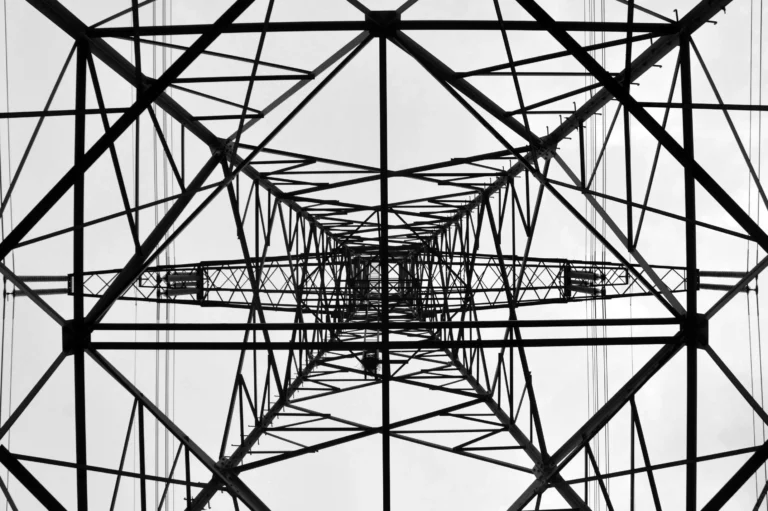MyHEAT
201-1228 Kensington Rd NW
Calgary, AB T2N 3P7
Canada
Supercharging Energy Efficiency
Save money. Save energy. Save the planet.
Energy efficiency can slash energy use and greenhouse gas emissions by 50% without having to radically change how we do things. MyHEAT has written about using energy efficiency as a resource before, but I’d like to talk more about how behavioural nudging can play a part in this business of saving the planet.
Using behavioural nudging to drive energy efficiency
Behavioural programs are typically cheaper and easier to implement than other technology-oriented measures, mostly because they rely on empowerment versus incentives. Activities that apply behavioural nudges vary and can include:
- Home energy reports highlighting your consumption to your neighbours;
- Alerts for high energy usage for consumers and businesses;
- Real-time feedback on energy use in your home; and
- Peak usage notifications and time of use pricing.
Behavioural nudges have been in the utility marketplace for some time, and as such, there is no shortage of evidence for their effectiveness. One of the first behavioural nudges widely utilized, the home energy report, is still in play today with an impact ranging from 1% to 2%. While that may not seem significant, a 1% impact over 1,000,000 households is equivalent to the energy needs of 10,000 households. That’s the power of behavioural nudging.
Some of the biggest measured impacts of behavioural nudging have been energy usage messaging combined with pricing variation, which show an efficiency impact of 3% to 5%.1
Factors that influence behavoural nudging
It’s not always straightforward though, there are environmental and cultural factors that impact the effectiveness of behavioural nudges. For instance, political orientation can impact how a customer may respond to a home energy report. They are two to four times more effective for reducing electricity usage with political liberal than with conservative households. Energy type also matters, as typical home energy reports that have worked well for reducing electricity consumption can lose almost half the impact when applied to natural gas customers.
That brings us to the impact the MyHEAT platform has on reducing energy consumption. A third-party evaluation team used a randomized control trial to test MyHEAT’s data compared to traditional home energy reports as well as a control group that received no behavioural nudging.
Our visual heat loss image and social norm message (i.e. how the home’s heat loss compared to others in the community) were shown on utility bills and combined with information on potential savings as a result of lowering heat loss.
The evaluation found that there was a 2.6% reduction in consumption for every $100 that a customer was told they could save. Looking at this in more detail:

a.) Customers with the mean potential savings of $150 per year reduced their natural gas usage by 3.9%.
b.) When further controlling for low consumption homes, natural gas savings for every $100 in potential savings increased from 2.6% to 7.5%.
The message is clear: if we want to supercharge the impact of behavioural programs, providing visual and comparable information on home heat loss is a great proven way to increase savings and strengthen traditional home energy reports.
Stay Tuned…
We will be sharing more on this in the coming weeks. Want to learn more? Sign up for our webinar to hear more about the program results!

Written by:
Darren Jones, CEO at MyHEAT
1 Maya Papineau & Nicholas Rivers, Retrieved Nov 2019. “Visualizing Energy Efficiency: A Randomized Controlled Intervention,” Carleton Economic Papers 19-10, Carleton University, Department of Economics.


